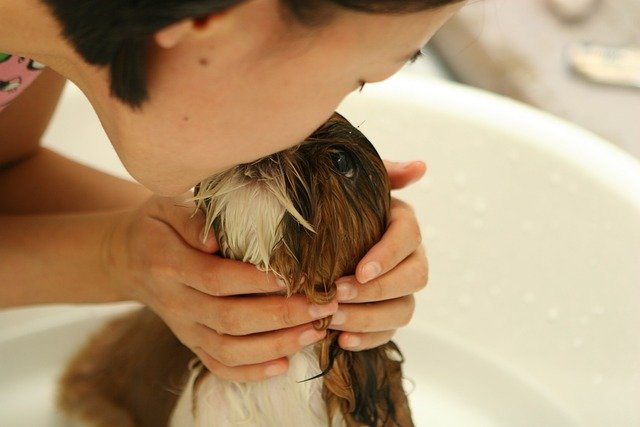Designing indoor spaces to support companion enrichment
Creating indoor spaces that support companion enrichment helps pets stay mentally and physically healthy while living inside. Thoughtful design balances quiet rest areas, stimulating play zones, and practical features for grooming, feeding, and safety. This teaser summarizes how wellness, behavior, socialization, and emergency planning all play a part in an enriching indoor environment.

Indoor companions benefit when living spaces are planned with their needs in mind. Thoughtful layouts provide opportunities for rest, play, and learning while supporting wellness and safety for animals of different sizes and temperaments. Arranging zones for feeding, exercise, grooming, and quiet retreat reduces stress and helps owners manage behavior and training more effectively. In addition, consistent routines for dental care, nutrition, and vaccination keep companions healthy while microchipping and emergency plans protect them if something goes wrong.
Wellness and nutrition in indoor environments
Designing for wellness and nutrition starts with predictable feeding stations and comfortable areas for digestion and rest. Choose elevated bowls or non-slip mats for pets who need a stable eating surface, and keep food storage in a cool, dry place to protect nutrition. Consider how lighting and temperature affect appetite and activity; warmer, well-lit spots may encourage senior pets to move more, while shaded corners offer respite during warmer months. Consistent placement of food and fresh water supports routines that reduce anxiety and promote healthy weight and dental condition.
Behavior and training: shaping indoor routines
Indoor design can support behavior and training by creating clear boundaries and designated activity zones. Use baby gates, rugs, or furniture arrangements to define areas for play, calm, and containment when training new behaviors. Provide short, frequent training sessions with easily accessible treats and safe toys to reinforce commands. Environmental enrichment such as puzzle feeders or scent trails helps redirect undesired behaviors by engaging natural instincts, while predictable schedules for exercise and socialization reduce stress-related behaviors.
Grooming and dental care at home
Grooming and dental care are easier to maintain when you set up a dedicated space equipped with non-slip flooring, adequate lighting, and storage for brushes, towels, and dental tools. A small, calm corner with a mat and a mirror can make grooming sessions more predictable and less stressful for both owner and pet. Regular dental checks and at-home brushing benefit from a quiet, stable area where you can safely manage the animal; combine grooming time with gentle handling to reinforce positive experiences.
Exercise and safety for indoor companions
Indoor exercise should mix structured activities and free play to meet physical needs. Use vertical space with shelving or cat-perches, toys on strings, tunnels, and low-impact obstacle courses to encourage movement without requiring a large footprint. Safety considerations include securing cords, anchoring tall furniture, installing screens on open windows, and keeping toxic plants and chemicals out of reach. Emergency preparedness—such as having a pet first-aid kit and a plan for evacuation—complements daily safety measures and reduces risk during unexpected events.
Socialization, adoption, and shelter considerations
Homes that prioritize socialization help newly adopted companions adjust more quickly. Create low-stress introduction zones for new animals and resident pets, offering separate resources (beds, litter boxes, food) to prevent competition. For animals coming from shelters, predictable routines, quiet retreat spaces, and gradual exposure to household sounds support recovery from stress. If adopting, coordinate with local services and shelters to obtain behavioral histories, vaccination records, and recommendations for training and enrichment that match the animal’s needs.
Enrichment, microchipping, vaccination, and emergency planning
Enrichment strategies combine toys, scent play, and problem-solving opportunities to keep indoor companions mentally engaged. Rotate toys regularly and introduce novel objects safely to prevent boredom. Practical protections such as microchipping and up-to-date vaccination records are essential parts of an indoor care plan and should be integrated into your household documentation. Prepare for emergencies by keeping contact information for local services, an accessible carrier, and a small supply of food, medications, and copies of medical and microchip records to streamline evacuation or veterinary care.
This article is for informational purposes only and should not be considered medical advice. Please consult a qualified healthcare professional for personalized guidance and treatment.
Designing indoor spaces for companion enrichment means blending daily care needs with stimulation and safety. Thoughtful placement of feeding stations, grooming areas, play zones, and quiet retreats supports nutrition, behavior, and exercise while simplifying training and socialization. Incorporating health safeguards such as vaccination records, microchipping, and emergency planning builds resilience into the home environment, helping companions lead balanced and engaged lives indoors.





